B-377,BOAC,Boeing,Family Search Library,genealogy,Stratocruiser
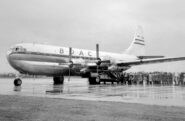
My First Trans Atlantic Flight
By Thomas O. Hilditch
When wandering through the streets of Salt Lake City, UT you will inevitably run across the Family Search Library, a genealogical research facility located in downtown on the southwest side of Temple Square. It’s the largest genealogical library in the world with over 2.4 million searchable records on file.
I entered the facility with great curiosity and was interested in what I might find. Working with a volunteer research assistant, I discovered a remarkable trove of documents. Many years of my family history was spread before me in the form of marriage certificates, birth and death documents, visa forms, and more.
In disbelief, I also found a BOAC flight manifest dated December 26, 1953 – a Boeing 377 Stratocruiser, tail number G-ALSD “Cassiopeia” for a flight from London, UK to New York, NY. Prominent on this document, I found myself listed as a four-year-old passenger! My first of many transatlantic crossings. Wow, what a find!!
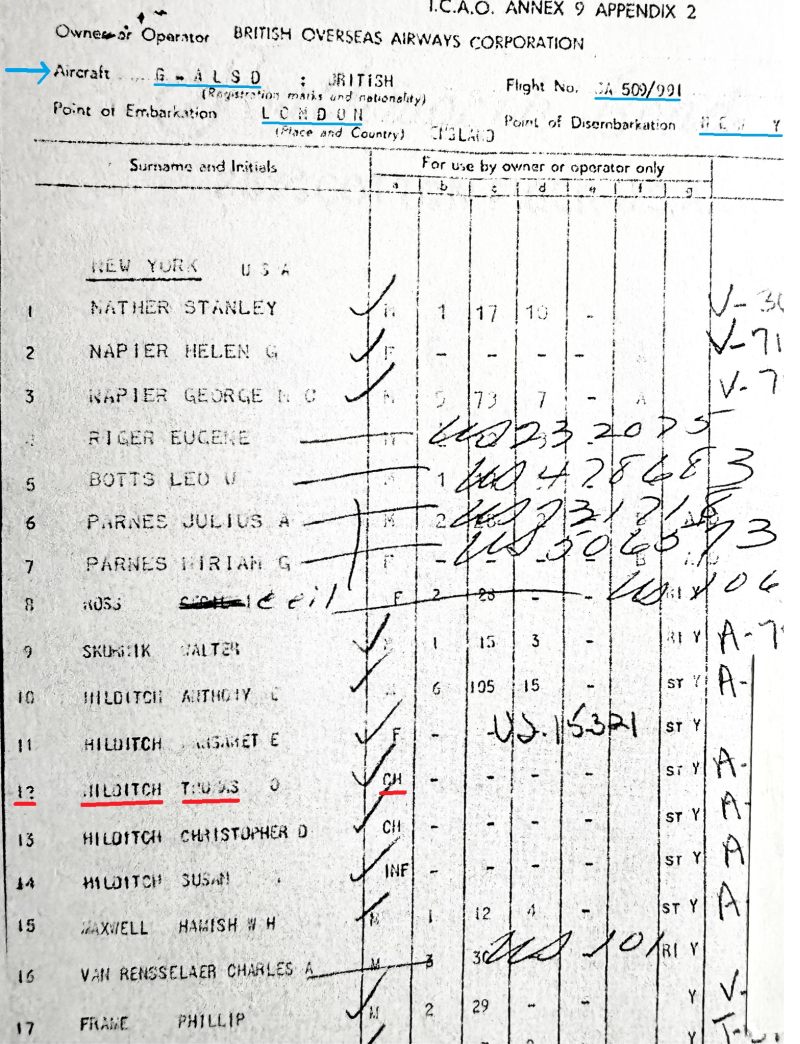
The aircraft’s registration, departure and destination points are underlined in blue. My name is underlined in red.
Image: Family Research Library/Public Domain
The Boeing 377 Stratocruiser, developed in the late 1940s, was a luxurious commercial airliner based on the World War II B-29 bomber. Although it offered passengers a comfortable and spacious flying experience, it ultimately faced challenges with operating costs which led to limited production and eventual retirement from commercial service.
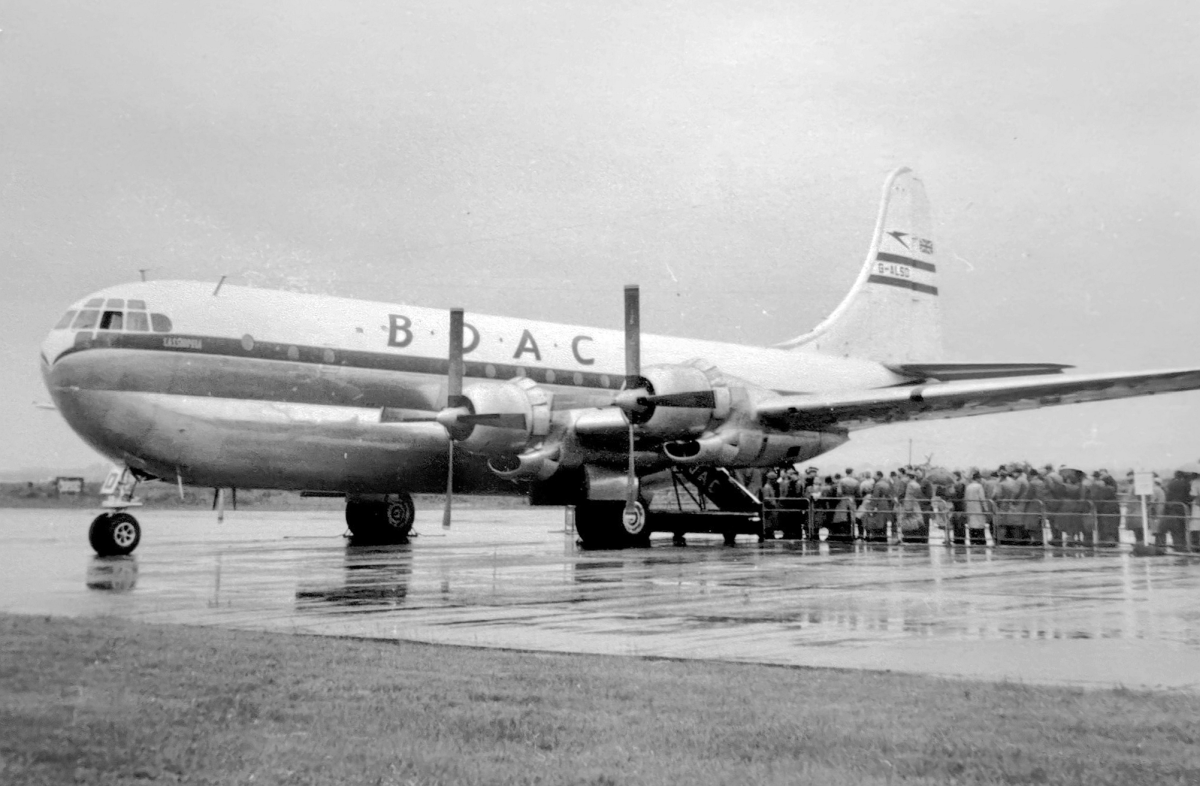
Photo: Anthony Hilditch Collection
Transatlantic flying in those days was an arduous 15 to 20-hour journey with many stopovers. The first leg would be from London, UK to Shannon, Ireland for one and a half hours. Stopover ground time at Shannon would be an additional one or two hours. The stopovers at each landing were a crucial part of the trip ensuring the aircraft could safely complete the journey across the Atlantic.
The complexity of the B-377 engines made maintenance and repairs challenging and time-consuming. Specialized training and tools were required, and even minor issues could result in significant downtime for the aircraft. Before take-off, the aircraft would be maneuvered to a holding apron where engines would run at full power for several minutes. If no problem surfaced the journey could continue. Otherwise, it would return to the terminal, passengers disembarked, and maintenance would resolve the issue.
The next leg of the journey would be the actual ocean crossing This would be an eight-hour flight to Gander, Newfoundland – part of the London to New York “Great Circle Route” since 1936. A Stratocruiser arriving in Gander would generally have a one to two-hour stopover to refuel and remedy any mechanical issues. The final flight to New York’s Idlewild airport was an additional four to five hours.
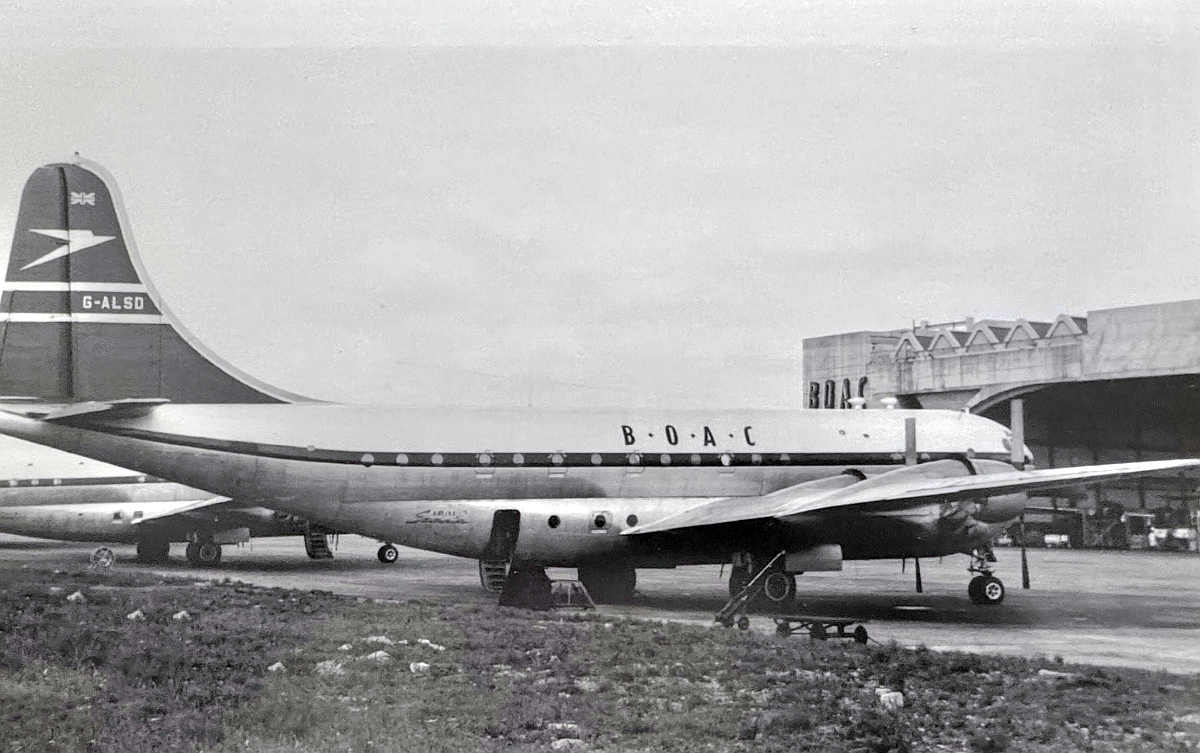
standard colors in an undated shot.
Photo: Anthony Hilditch Collection
I would like to note that my father, as an RAF pilot, completed a similar journey in 1942 as a youthful 24-year-old. A Lockheed Hudson was a much smaller aircraft than the Stratocruiser and required many more stops. Starting in Prestwick UK he would fly Reykjavik, Iceland – Goose Bay, Labrador – Montreal-Dorval, Quebec – and finally on to New York. Total flying time was 28 hours.
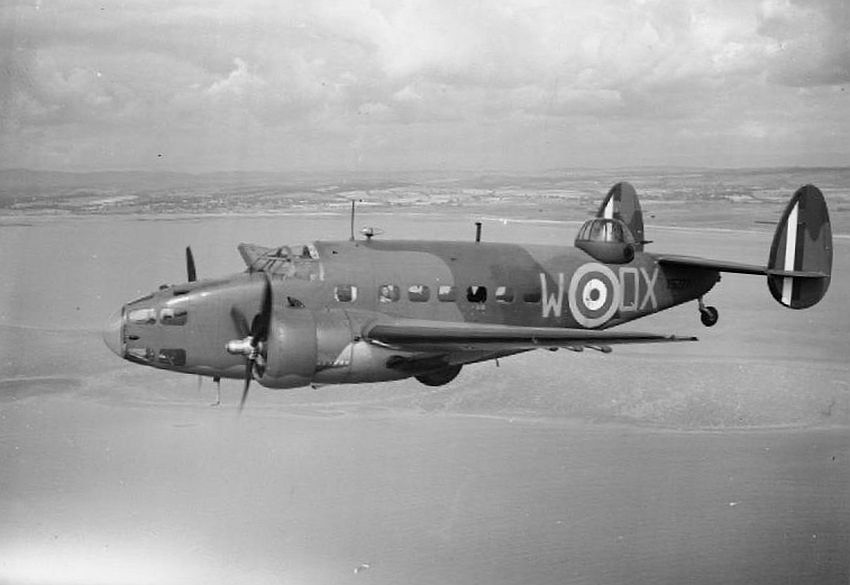
Squadron RAF based at Leuchars.
Photographer: S A Devon, Royal Air Force official photographer/ Wiki Commons/Public Domain
